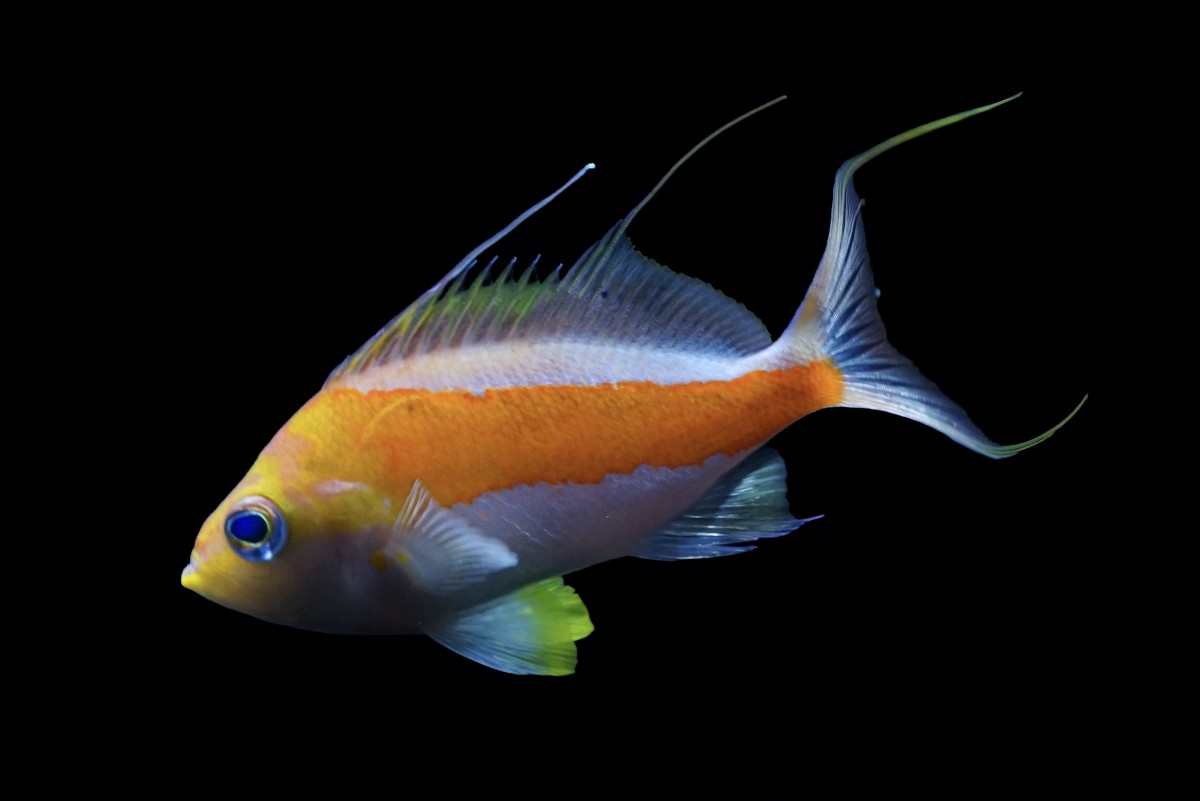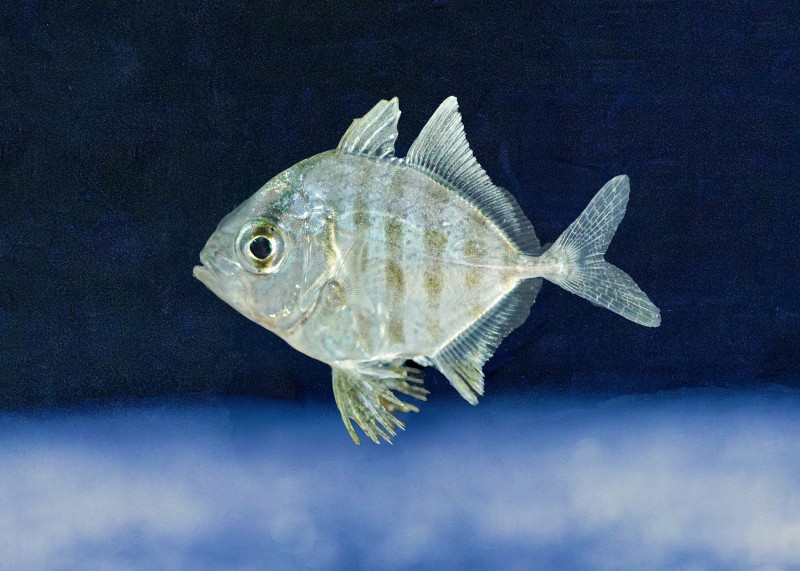Topics
2021.12.07
A new species of squat lobster! Successful breeding! Parents and offspring on exhibit.
This exhibit has ended.
Okinawa Churaumi Aquarium is pleased to announce the world's first successful breeding of the deep-sea banded leg horned squat lobster. Parents and offspring can be seen at the aquarium.

A juvenile squat lobster, the product of successful breeding
≪Banded leg horned squat lobster≫
Scientific name:Eumunida balteipes
This large species of squat lobster reaches 17 cm in length. It was described as a new species in 2019 following a collaboration between Okinawa Churaumi Aquarium and Shimane University. The two parents were pumped up with seawater from a water intake at a depth of 612 meters. The intake is part of the Okinawa Prefectural Government Deep Sea Water Research Center on Kume Island, Okinawa. This deep-sea species is extremely rare and there are no reports of its discovery outside of Okinawa Prefecture’s Kume Island.
Place of exhibit
Okinawa Churaumi Aquarium "Small Life in the Deep Sea"
Size of Exhibit
2 adults (17 cm in length), 1 juvenile (2 cm in length)
Exhibit duration
2021 December 3rd ~ 2022 February 28th
*Exhibit may close depending on the condition of the animals.
The two adult banded leg horned squat lobsters have been here since September 2011. After 10 years of breeding, its offspring were born. Usually, squat lobsters go through two larval stages, the zoeal stage and the megalop stage. They then change to look like their parents. Immediately after hatching they rise to the surface and then descend to the deep sea as they grow. We keep the larvae that hatch from the eggs in a specialist rearing tank and control the water temperature as they grow. By using the specialist temperature-controlled breeding tank, the larvae have successfully metamorphosed into juvenile squat lobsters that look like their parents.
The successful breeding of the banded leg horned squat lobster revealed many aspects of its ecology including its breeding behavior and growth during its larval stage. These things could not have been observed in the wild. Successful reproduction took place after 10 years. Please take this opportunity to see both the parent banded leg horned squat lobster and its offspring that developed while overcoming water temperature changes of more than 16 degrees Celsius.






